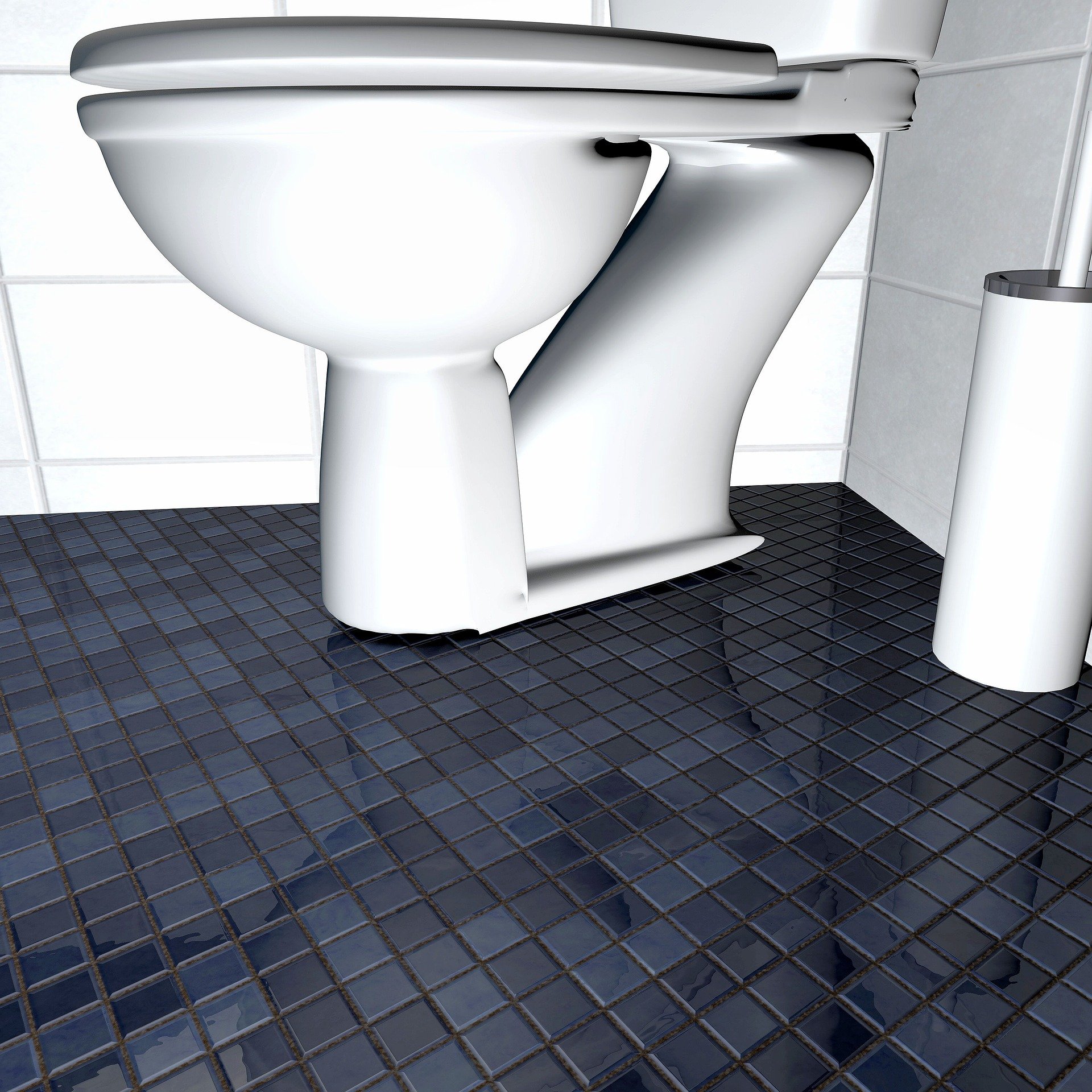Who Does Toilet Repair Right?
The toilet is one of those things that most people don’t like to talk or think about. A good toilet is one that works every time and you don’t have to worry about. There are many things that can go wrong with a toilet and here at Dyser Plumbing Company, we take care of it all. Most toilets get used multiple times daily sometimes by multiple people daily. This excessive usage can cause parts to wear over time causing the toilet to leak, water to run, or the toilet to stop flushing properly.
When it comes to a toilet leaking, this can happen from several different parts of the toilet. A toilet leaking around the base is often caused by a toilet stoppage or a old/defective wax ring. A toilet stoppage can be addressed from the bowl of the toilet, by pulling the toilet, or by accessing a vent from the roof, depending on the exact location of the stoppage and its severity. To address a stoppage either a water closet auger can be used for clogs occurring within the toilet or directly after it enters the sanitary pipes in the ground, or, for more serious stoppages, a electric rotary sewer machine can be used. When it comes to having a defective wax ring, this can sometimes by caused by age if the wax ring has been there for a very long time, but more often it is caused by the toilet shifting at some point and compromising the seal between the wax and the bottom of the toilet. A toilet that has shifted can also sometimes cause the toilet flange to get damaged. If this is the case, a partial or complete repair flange will need to be installed depending on how bad the damage is. In certain cases, the entire flange must be removed and replaced.
Additional leaks coming from the tank are most always caused by defective gaskets. The water coming into our homes can be harsh depending on your location and rubber gaskets sitting in chlorinated water will eventually swell and deteriorate. Leaking from the tank of your toilet will often require a tank rebuild. This can include removal and replacement of the water measuring device, the Douglas valve, and tank to bowl gasket and bolts depending on the exact issue you are experiencing.
Believe it or not, a leak is not the only reason that these parts may need to be replaced water constantly or intermittently running in your toilet is also a cause for concern. A running toilet and send your water bill through the roof, so its best to address this issue as soon as you notice it. A running toilet is generally one of two things, a defective water measuring device that will not shut off, often identified by water filling up and into the overflow tube of the Douglas valve, or a faulty water control device which can be diagnosed with a dye test.
Whether your toilet needs to be repaired or its time to update to a more efficient and modern toilet, we’ve got you covered.

